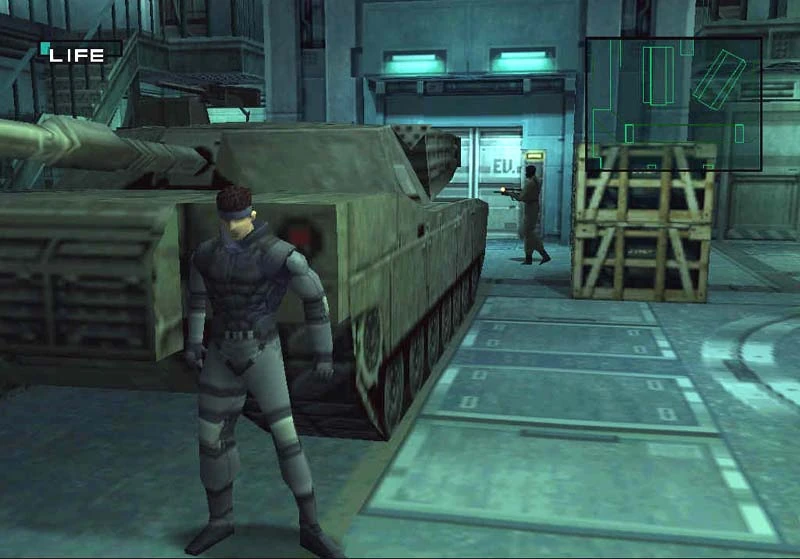About those opponents who like to play the passive role
I don't know about you, but I love being the passive one in a fight. All those cool blocks, counters and throws that one can do if your opponent would just come at you...
What really frustrates someone like me is an opponent who has the same idea.
The majority of moves in the forms of Karate and Kungfu are defensive moves in the sense that they are responses to a hypothetical attack. When we find ourselves in the kumite arena- especially in a tournament setting- we find that our opponents do not want to attack first. They'd much rather be the one looking cool by blocking and countering your moves.
We find these type of people in real life as well. Clients who don't give us anything to work with at the start. A customer who does not know what to order.
If you are the type of person who likes to make things happen instead of waiting for them to happen, though, the tactic I give you in today's post will suit you really well...
For those of you who are NOT gamers- let me tell you a bit about the stealth game:
Games like Metal Gear Solid and Red Ninja- and the more current Assassin's Creed involve a lot of stealth (except for Assassin's Creed Syndicate- that is just all out brawling most of the time).
The feeling of stealth is created by having the guards, that you should either avoid or take out without alerting others, move about. The movement of these characters can have simple patterns, complex ones or appear completely random altogether.
To do a stealth kill the player then has to time the guards' movement and quietly place himself behind his target or strike from the shadows to kill him with the least amount of effort.

The first game where I got to know this type of gameplay was Metal Gear Solid.

Timing guards' movements are fairly easy and when guards are moving you can, with good timing and a lot of patience, make a lot of stealth kills and move about unseen. A problem area, however, is one where the guard does not move at all, but just stands still facing the direction from where you are coming.


https://youtu.be/bDmW-ktabMA?t=38
The solution to this problem came in Metal Gear Solid as a sequence in which the player has to knock on a wall to make the guard curious. The curious guard would then leave his position to investigate. In Metal Gear Solid and Assassin's Creed you need to then leave your position for a moment to get out of sight and emerge when the guard returns to his position, with his back to you.
In Red Ninja the player seduced these stationery guards into approaching her position and then lay in wait to dispose of them with a swift and final attack right on the spot.
So- what does that teach us?
In fighting, every move a person makes creates some opportunity or opening for attack. Arms lifting expose the ribs, hands dropping expose the face, arm straightening sets the opponent up for a wrist grab and throw.... You get the idea.
Now- I have already said before that you can't hope to win a fight by just deciding what attack you like to use and then charge in with it. These passive opponents are not vulnerable while they are waiting for your attack. Their vulnerability lies in that moment when they are responding to your first attack. That is- in that moment when they are still backpedalling, when that blocking arm moves or when they duck that first jab.
Correct distance is critical in taking advantage of these moments. If your preparatory attacks start from too far away they will not be perceived as a threat and they will not get any response to work with. The follow-up on the response has to be on time.
Bruce Lee understood this principle really well and his students remember this as one of his core teachings.
Compared to other martial arts movies Bruce Lee's fight scenes more closely resemble the sparring matches we see in real life. These two video clips below are from two of my favourite fight scenes.
Breaking away from tradition Bruce did not confine himself to staying on the defensive or launching only committed attacks when he was on the offensive. You can see how he got his opponents to play into his hand with either their own attacks or their own defensive moves.
https://youtu.be/KQIINyre78s?t=53
https://youtu.be/rxUVuZy9__Y?t=151
In day to day life we can adopt this strategy by giving an undecided customer a suggestion to kickstart his thoughts.
A lawyer's client who does not remember events well enough to give you necessary facts can get induced to remember more by being given a hypothetic version of the events that he is supposed to remember. They shall be quick to correct you when your scenario is not correct!
I now invite you to give examples in this comment section or the one in Martial Arts Forums on G+ of ways you get a passive opponent to move and how you follow up on that movement. You are also welcome to explain how you induce people to act in ways on which you capitalise in a non-martial arts setting. Needless to say- you have to say what your opponent/ mark actually does to have your example make sense.
Next week's post is about live combinations!



Comments
Post a Comment